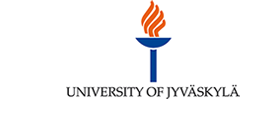Crisis Communication
Scorecard
The crisis communication scorecard offers a framework and tool
for evaluating and improving emergency crisis communication, and assists administrators in communication planning.
Learn more now >
Scientific background
Research >
Crisis communication and message strategies
Guides >
Information about the project and the researchers
About the project >
Read the real user experiences of example audits
In use >
Public authorities need to evaluate and improve emergency crisis communication in a systematic way that facilitates organizational learning and steers strategic decision making.
Crisis communication
Communication in emergencies and other crisis situations is a current topic of public communication. Large-scale accidents, natural disasters like floods and forest fires, pandemics and terrorist attacks have tested the ability of public authorities in European countries at the local, regional and national levels to communicate efficiently with various stakeholder groups. It is not easy to transfer lessons learned into action. This needs a commitment to continuously improve crisis communication performance, and tools to support this process.
Current crises are often complex and need the cooperation of many response organizations, while communication with the public is demanding. This calls for procedures of cooperation and advanced knowledge of the expectations of the public and of the news media.
For all kinds of public authorities
The tool is intended for authorities such as rescue services, the police and health care, and for municipalities, provinces and ministries responsible for disaster management. (The tool and background information on this platform may also prove useful to Non-governmental organizations (NGOs).
The Communication Scorecard, the Guides and scientific background materials on this web platform
have been developed by an international group of researchers. This EU-funded project is coordinated by the University of Jyväskylä and based on extensive ground work by research teams from:





